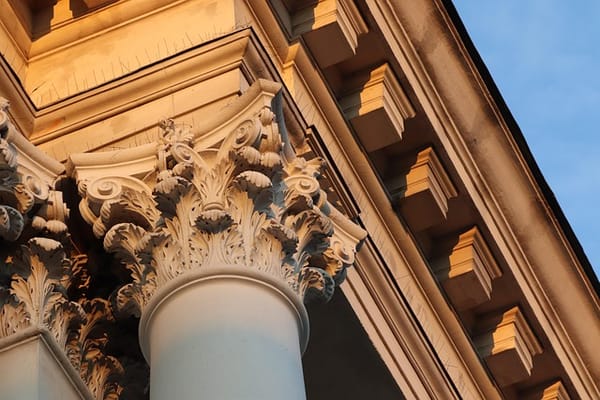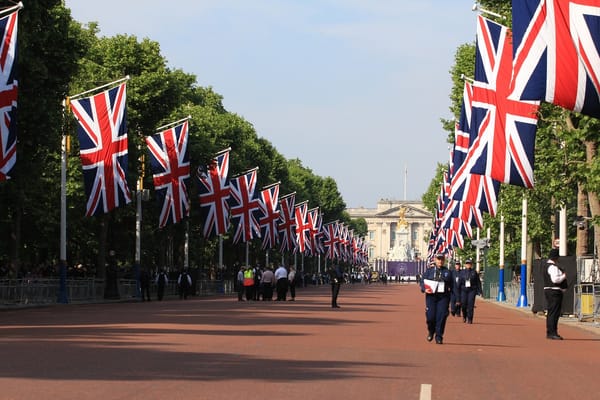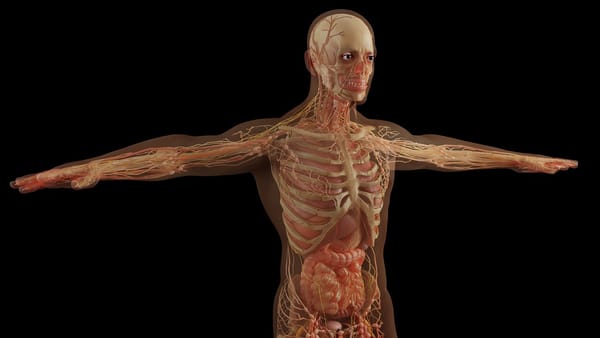St Germain, and the True Form of Society
His impulse unfolds quietly through the centuries as a school of inner transformation.
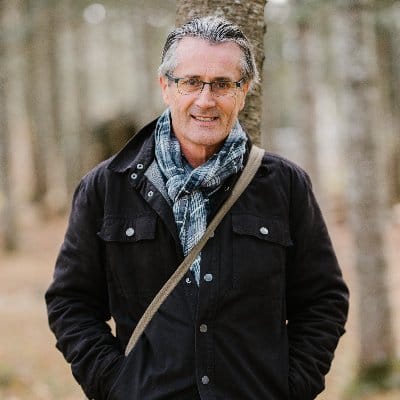
His impulse unfolds quietly through the centuries as a school of inner transformation.

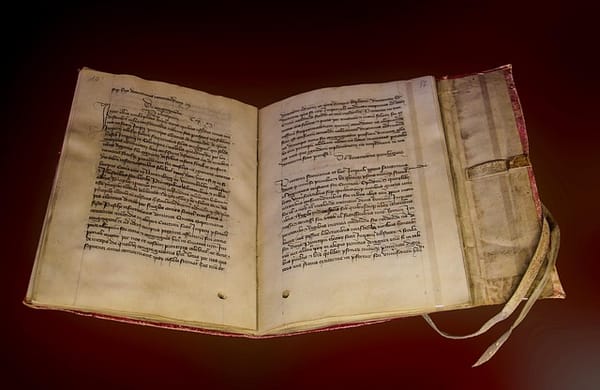
Steiner describes Christian Rosenkreutz (CR) as a historical individuality who first appears among twelve spiritually prepared companions in the 13th century. These twelve had represented the whole spectrum of medieval wisdom — theology, science, art, medicine — but reached an impasse.
Then, as Steiner recounts, a thirteenth soul lay as if dead for days; when he awoke, he had seen the spiritual world anew and became the one we call Christian Rosenkreutz.
Christian Rosenkreutz’s task was to re-link spiritual perception with exact knowledge — to prepare a path where the intellect, instead of rejecting spirit, would be spiritualized from within.
Hence the motto “Ex Deo nascimur, In Christo morimur, Per Spiritum Sanctum reviviscimus.”
His impulse unfolds quietly through the centuries as a school of inner transformation — never a sect, always a hidden brotherhood guiding the renewal of science, art, and social life.
By the 18th century, when Europe’s consciousness was hardening into rationalism, the same stream needed to re-enter public life.
The enigmatic Count St Germain (active c. 1710–1784) appears as a worldly counterpart of Christian Rosenkreutz’s impulse — a cosmopolitan initiate moving among courts and revolutions, speaking of universal brotherhood and freedom.
Steiner hints that St Germain carried Christian Rosenkreutz’s working power for that century — perhaps not as the same individuality, but as an individual working in the same stream and embodying the same spritual impulse.
His alchemical and political labors were directed toward:
Thus, St Germain is not an “ascended” being but an incarnate emissary, working under karmic law for the renewal of Europe.
According to Steiner, in 1879 AD the archangel Michael became the ruling Time-Spirit, inaugurating the age of conscious spiritual intelligence.
The Rosicrucian impulse had to pass from secrecy into public cognition — which happens through anthroposophy.
Christian Rosenkreutz’s work thus metamorphoses:
St Germain’s earlier mission — freeing reason and politics — becomes the outer precondition for this inner revelation.
Steiner sometimes called him the “inspirer of the coming culture of freedom.”
| Epochal Role | Spiritual Stream | Function |
|---|---|---|
| Christian Rosenkreutz | Inner Rosicrucian brotherhood | Spiritualize knowledge; train conscience |
| St Germain | Historical envoy (18th c.) | Prepare social & political freedom |
| Michael (post 1879) | Cosmic Intelligence becoming human | Guide conscious thinking and moral imagination |
| Steiner / Anthroposophy | Manifest form of the stream | Make occult wisdom transparent, universal, Christ-centered |
Through these stages, the one impulse — the redemption of intelligence — moves from mystery school → historical figure → archangelic leadership → conscious human participation.
When modern movements proclaim St Germain as an “Ascended Master of the Violet Flame,” they unconsciously invert this whole gesture:
Thus, the New Age Saint Germain is a luciferic mirage reflecting the authentic Rosicrucian current — light without weight, image without incarnation.
We live in the continuation of this story.
The question is no longer “Who are the Masters?” but “How does the human I become a vessel of Michaelic thinking?”
To take up that task — to spiritualize the Baconian intellect and awaken to the etheric, and from there, to the Christ within the etheric — is the modern Rosicrucian path.
